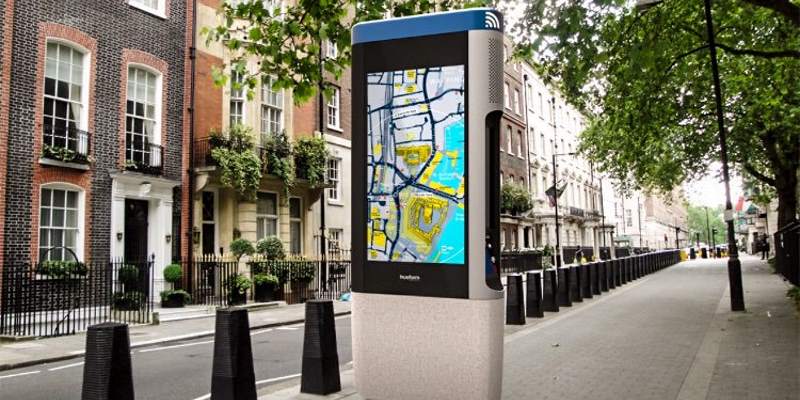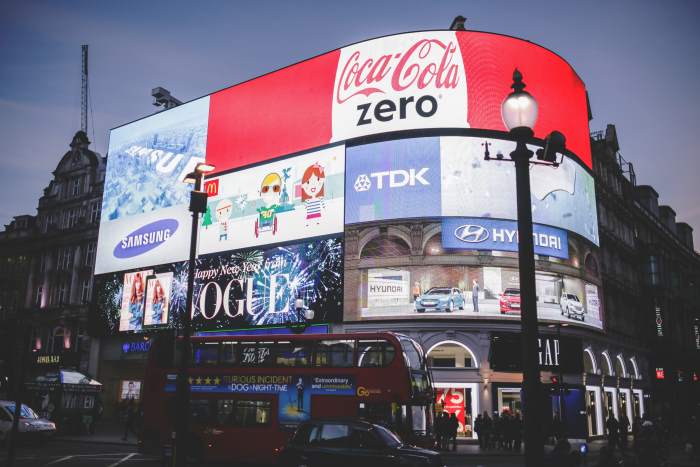
As we’ve covered before, the world of smart cities won’t happen overnight. It’s less waking up to a utopian city, and more witnessing a slow rollout of the technology. 5G is a big stepping stone in this development, which should hopefully act as the base for more emergent tech to build on top of the framework.
As such, if you want to see how the cities of tomorrow will look, you need to turn away from smart cars and automated schools and look more toward the simple developments. For instance, Trueform Digital has unveiled their designs for IoT-powered smart city displays.
How the Displays Work

As far as a display goes, there’s nothing ground-breaking about what they show. If you’ve ever seen an interactive display in a shopping mall, you’re very familiar with what these smart displays will tell you.
These displays are already being rolled out in London and help the public in making decisions on where they need to go. It features public transport routes and walking paths to guide people through the city. They even sport USB charging and Wi-Fi hubs for people who need to connect.
What makes these displays notable, however, is their ability to talk to one another. These displays aren’t just “dumb devices” that are told what to show on their screens – they actively communicate with one another to paint a better picture of the environment they’re in.
For example, if these displays are equipped with sensors that can check pedestrian traffic, then heavily-congested sidewalks can be identified by a nearby display and beamed to its neighbors. This information gets passed around the network until every display is informed.
Then, when someone queries a smart board for a fast pedestrian route to a location, the board can inform them of the foot traffic and redirect them elsewhere.
What Does this Mean?

These smart displays, if they live up to their claims, could change how we interact with displays in general. Right now, they’re efficient as dumb displays that show pre-determined content. What if they could intelligently gather information and use that to get rid of a lot of mundane details?
A display could be in a shopping mall, where you could locate your desired store, and the board would let you know of all the deals going on. Likewise, you could tell the display what you’re shopping for, and it would show all the stores that have it in stock.

Perhaps you could find one of these in a restaurant, where customers meet with it the moment they walk through the door. People could set the number of people and their orders, then press a button to be automatically taken to an empty table, and the food orders would be beamed to the kitchen. Food that’s currently unavailable wouldn’t even appear on the menu, reducing the frustration of ordering.
Not Bored with Smart Boards
Smart boards may not be the flying auto-driving cars that the future may hold, but they’re a step towards the utopia of smart cities. Should they be successful, we might eventually interact with these boards as a normal part of our daily lives.
What do you think of these boards? Are they innovative or a waste of time? Let us know below.







